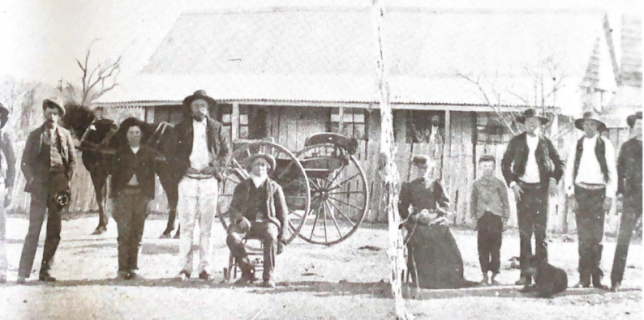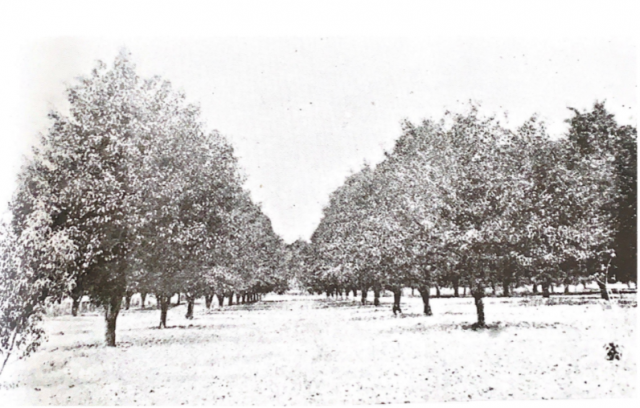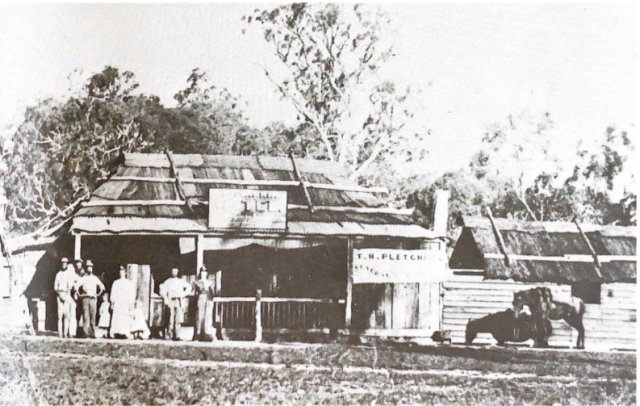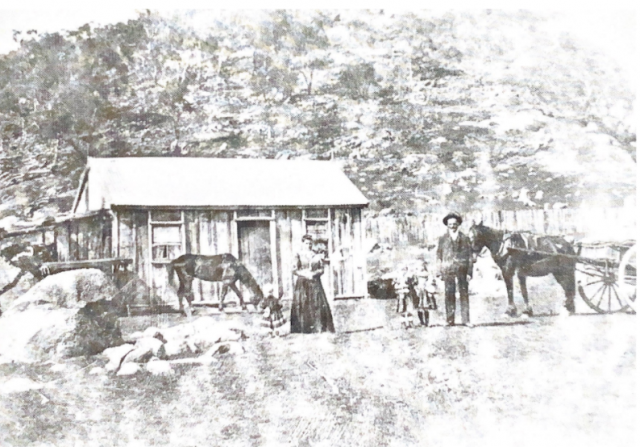
The following is an excerpt from ‘They Came to a Plateau’ (1972) by Jean Harslett and Mervyn Royle.
‘During 1881 – 83, Stanthorpe experienced added prosperity from the much increased population on railway construction and became the terminus for a period.
In 1886 it was deprived of these sources of income when the railway continued to the border.
From 1886 – 93, culminating with the financial crisis in 1893, the widespread financial efforts echoed and were felt even in these far-flung hills.
The period from 1886 and including the two years following 1893, was the most depressed in Stanthorpe’s history, and forced economic diversification.
Those miners with foresight, in the Sugarloaf and Herding Yard Ck’s areas, realising that ground would only last four or five years, commenced buying grazing land and, as they were able, stocking it with cattle.
During this period, the idea of fruit growing was being freely advocated.
It had several advantages:
1. The completed railway extensions provided a cheap outlet.
This rail link could never have been achieved by promised tonnages from a developing fruit industry.
Why, even with the immediate prospect of tempting tonnages of minerals, it took years to convince the “powers-that-be” to continue the line from Warwick to the border.
2. Natures bonus was a perfect climate to produce deciduous fruit and vegetables, during hot summer months, when they could not be produced in the rest of the state.
3. The Grazing and Farms Act of 1884, as a result of which 123 selectors took up farms totalling 20,966 acres and 27 grazing farms totalling 95, 079 acres in the Stanthorpe Land Agents District between the years 1885 and 1893,
Crown Land was thrown open to the fruit farmer for homestead and selection in areas of 160 and 320 acres at a nominal rent of 6d per ac per year, with an obligation to live on it for five years and to comply with improvements, usually of a stringent but extremely limited nature.
1889: The Viticultural and Horticultural Society with Mr. J. Belford in the chair have as main topics, the need for procuring suitable varieties of young trees and a protest against new railway freights introduced – not reduced.









